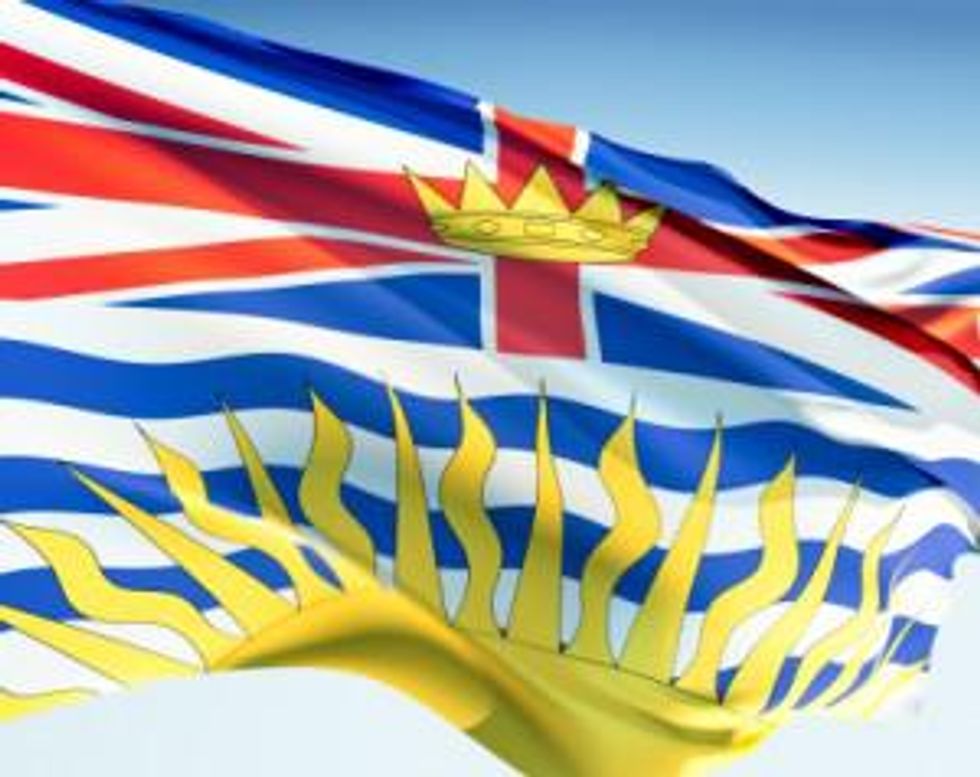- WORLD EDITIONAustraliaNorth AmericaWorld
Investing News NetworkYour trusted source for investing success
- Lithium Outlook
- Oil and Gas Outlook
- Gold Outlook Report
- Uranium Outlook
- Rare Earths Outlook
- All Outlook Reports
- Top Generative AI Stocks
- Top EV Stocks
- Biggest AI Companies
- Biggest Blockchain Stocks
- Biggest Cryptocurrency-mining Stocks
- Biggest Cybersecurity Companies
- Biggest Robotics Companies
- Biggest Social Media Companies
- Biggest Technology ETFs
- Artificial Intellgience ETFs
- Robotics ETFs
- Canadian Cryptocurrency ETFs
- Artificial Intelligence Outlook
- EV Outlook
- Cleantech Outlook
- Crypto Outlook
- Tech Outlook
- All Market Outlook Reports
- Cannabis Weekly Round-Up
- Top Alzheimer's Treatment Stocks
- Top Biotech Stocks
- Top Plant-based Food Stocks
- Biggest Cannabis Stocks
- Biggest Pharma Stocks
- Longevity Stocks to Watch
- Psychedelics Stocks to Watch
- Top Cobalt Stocks
- Small Biotech ETFs to Watch
- Top Life Science ETFs
- Biggest Pharmaceutical ETFs
- Life Science Outlook
- Biotech Outlook
- Cannabis Outlook
- Pharma Outlook
- Psychedelics Outlook
- All Market Outlook Reports
Laying Down the Law: First Nations Group Sets Mining Policy for BC
First Nations groups near Williams Lake, BC have released a set of guidelines they will be implementing for current and future mining projects in the region.
A First Nations group based out of Williams Lake has declared a new mining policy that it says will apply to current and future projects proposed for the region, eliminating confusion between companies and First Nations.
The Northern Shushwap Tribal Council’s 54-page report runs the gamut from guiding principles to security and dispute resolution.
“With this Mining Policy we can no longer be ignored or imposed upon, and the Province and industry can no longer claim they do not know how to work with us – this document spells that out in clear, specific terms,” said Chief Bev Sellars of the Xat’sull First Nation in a statement.
Sellars said the document was created to ensure that there is no confusion about work being done on properties, and is not intended to be a slight against the mining community as a whole. That said, First Nations groups have said in the past that their concerns were ignored by companies working in the province.
“For years we warned that the Mount Polley dam was a disaster waiting to happen and we were ignored. This NStQ Mining Policy is designed to make sure that this does not happen again, and provide us with the tools to monitor and ensure compliance with safety and all other regulation and conditions imposed on any mines that are allowed,” said Chief Ann Louie of the T’exelc, a First Nations band in Williams Lake.
Unsurprisingly, the tailings pond breach at Imperial Metals’ (TSX:III) Mount Polley mine in Quesnel is listed as one of the inspirations for the guide, with local wildlife and environment affected by the spill. The company also operates the Red Chris mine near Dease Lake, which has faced backlash from First Nations elders and activist groups over environmental concerns.
Imperial aside, Taseko Mines (TSX:TKO) is the major player in the region, with its Gibraltar and New Prosperity projects encompassed by the boundaries set by the Northern Shushwap Tribal Council. On the same day the guide was released, the company’s share price dropped nearly 5 percent. Both properties have a focus on copper mining, with Gibraltar labelled “the cornerstone of Taseko’s growth strategy” on its website. It has a processing capacity average of 165 million pounds for its 25-year mine life.
Meanwhile, the New Prosperity mine has a troubled history. Taseko was looking to build the $1.5-billion New Prosperity near Williams Lake to access a large gold-copper deposit.The project gained two approvals from the provincial government before it was rejected by the federal government in early 2014. The company has taken the government to court to reclaim damages it alleges it has lost.
Securities Disclosure: I, Nick Wells, hold no direct investment in any of the companies mentioned in this article.
Latest News
Investing News Network websites or approved third-party tools use cookies. Please refer to the cookie policy for collected data, privacy and GDPR compliance. By continuing to browse the site, you agree to our use of cookies.
